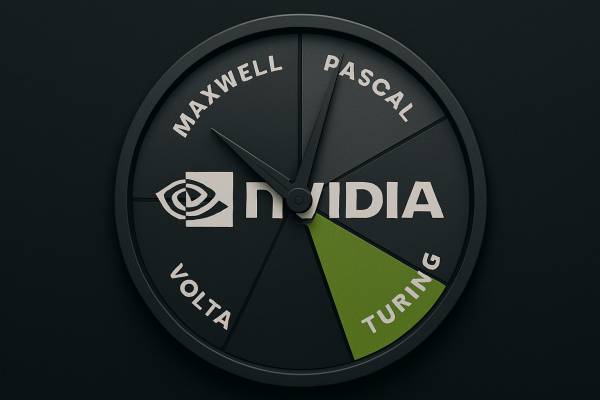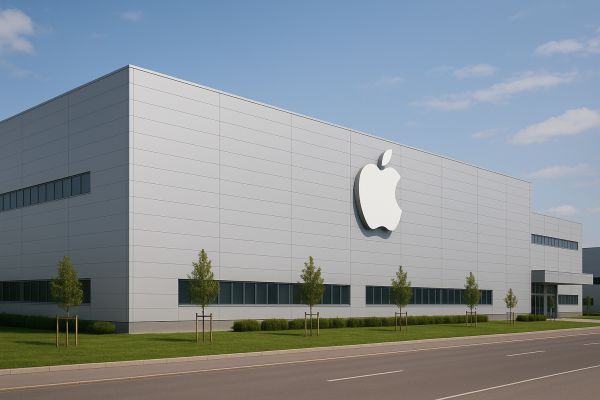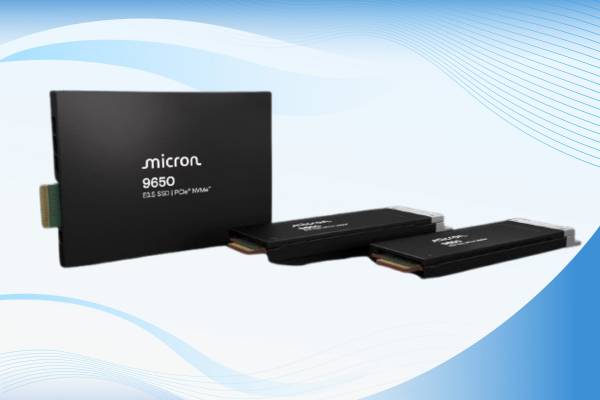For three decades, the name Samsung was almost synonymous with leadership in the DRAM market. Now, however, the tables have turned: in the first half of 2025, South Korea’s SK Hynix surpassed its rival in the global memory industry for the first time, ending a streak of more than thirty years. This change signifies not just a shift in corporate rankings but also points to a deeper transformation across the entire semiconductor industry.
The Key to the Breakthrough: High-Bandwidth Memory
The market shift is primarily driven by HBM (High-Bandwidth Memory), which is crucial for the operation of next-generation artificial intelligence systems and data centers. Years ago, SK Hynix recognized that as AI applications grew, demand would increasingly shift from traditional DRAM types toward high-performance memory. As a result, it secured one of the most valuable clients, Nvidia, which relies exclusively on SK Hynix’s HBM modules for its graphics processors.
Samsung, by contrast, has so far been unable to enter this supply chain. Although the company supplies HBM3E memory to clients like AMD and Broadcom, missing out on the market’s largest customer has caused a significant loss. Consequently, SK Hynix now controls over 70 percent of the HBM segment, and the impact of this is clearly reflected in the overall DRAM market rankings.
In the first half of 2025, SK Hynix achieved a market share of 36.3 percent, while Samsung fell to 32.7 percent. This represents the company’s largest decline in recent decades, losing 8.8 percentage points of market share in just six months.
A Historic Shift or a Temporary Setback?
The memory industry is highly dynamic, and leadership can change within a short period. While SK Hynix’s advance is significant, the situation is not necessarily permanent. Samsung possesses vast manufacturing capacity and continues to maintain a strong position in traditional DRAM segments, such as DDR and LPDDR memory used in mobile phones and computers.
Nevertheless, the market’s focus is increasingly shifting toward AI and cloud-based services, where HBM is the decisive factor. Samsung is currently accelerating the development of its own HBM technology and hopes to return to Nvidia’s supplier list in the near future. Success, however, is not guaranteed, as SK Hynix is once again ahead in the development of next-generation HBM4 solutions.
Deeper Problems at Samsung?
Many industry observers see Samsung’s decline as not just a technological issue but also an organizational and strategic one. An increasing number of analysts argue that Samsung’s research and development direction has not been sufficiently forward-looking in recent years. The weak market performance of Exynos processors, difficulties with semiconductor manufacturing process nodes, and the discontinuation of certain product lines all suggest that the company is facing challenges on multiple fronts simultaneously.
At the same time, it would be an exaggeration to speak of a “downward spiral.” Samsung remains one of the world’s largest and most stable technology companies, with enormous resources. It is more likely that the company simply did not react quickly enough to the shift in the market’s center of gravity—particularly to the surge in HBM demand driven by AI.
What Does This Mean for Consumers?
For most everyday users, the change in the balance of power in the DRAM market is barely noticeable in daily life. Smartphones, laptops, and household electronic devices continue to be supplied in large volumes by both companies. The real significance lies in data centers and artificial intelligence systems, where more efficient memory directly influences computing performance and energy consumption.
In the long run, however, competition will undoubtedly benefit consumers. The rivalry between the two giants could accelerate innovation, lead to new technological solutions, and help moderate price increases in a market where demand is growing explosively.




































